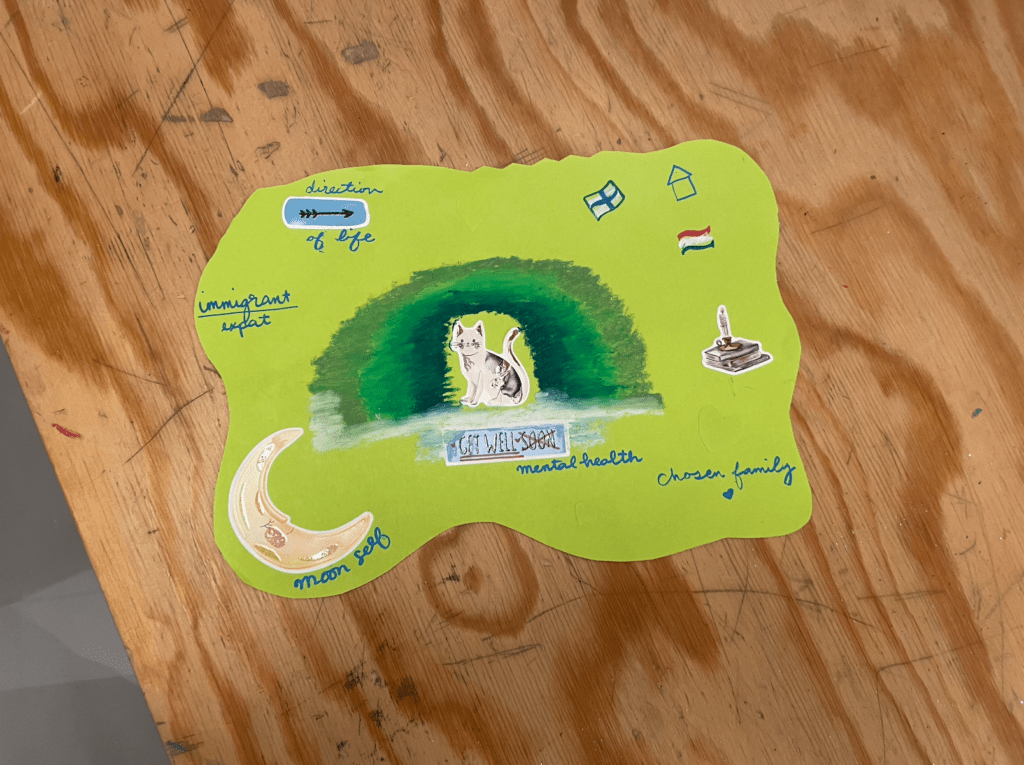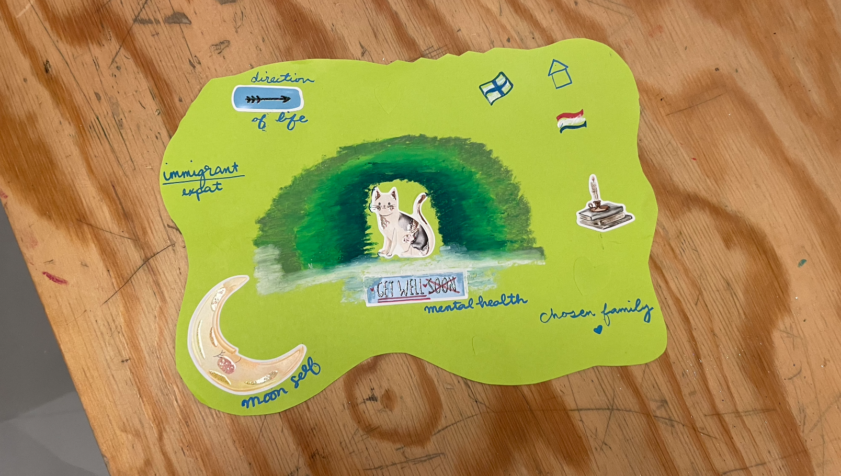Thank you everyone in Project Fearless who participated in Coaches’ day for the presentation as well as on the reflective workshop on ‘Defining and Defending Boundaries’. Your presence and active participation were invaluable.
Here are the main ideas of the discussions for anyone interested in Boundaries in teaching:
The cornerstone of the presentation was that teaching a skill and coaching a team is an emotional endeavour. In other words, it’s an activity that entails emotional responses from both students and coaches (eg. frustration, stress, appreciation, etc). In order to manage the feelings that arise during or after a lesson we all have a variety of coping skills (such as venting to friends, exercise, journaling, etc). Research shows that establishing emotional boundaries as a coping mechanism is beneficial for:
- Overall wellbeing of the coach.
- Developing confidence in the leadership role of the coach.
- Maintaining a positive coach-student relationship.
- Building an environment of safety for children and teens.
Our emotional boundaries work well-enough when they allow us to feel our emotions while responding lovingly to other people’s feelings without letting those feelings shape our own reality.
This means, we often need a bit of emotional distance in our relationships (with family, friends or students) to be able to feel empathy, to act with compassion and to not lose ourselves in the process. And let’s not forget that quite often responding lovingly might mean saying “no” when boundaries are being crossed.
This is how it is supposed to work in theory. The reality, of course, might look a little different and that’s okay. Sometimes we might be able to manage our feelings and respond appropriately to others, and other times not so much. The important thing is to keep trying to find the balance and the emotional distance that works for us. And indeed emotional boundaries are flexible and dynamic and adapt to whoever we have in front of us. And if by chance you have a teenager in front of you then consider your boundaries and buttons already pushed as this is part of human development.
During the workshop participants had the space to explore and reflect on their own emotional boundaries using art materials. Four sentences seem to encapsulate (but not limit) the experiential and interpersonal learning of the group:
- Emotional boundaries look different for each and one of us.
- Emotional boundaries are connected to physical boundaries eg. if I haven’t slept enough it will be more difficult for me to hold that emotional space between myself and the other person.
- We might experience it as harder to maintain emotional boundaries with people who are closer to us (eg.family, friends). A certain level of awareness is needed then to be able to hold appropriate emotional distance.
- Friendly reminder that boundaries = love.
All in all, by gaining insight about our emotional boundaries we achieve more control over our overall wellbeing.
Find out more about Project Fearless here.
Fun workshop with likeminded people where we shared our experiences.
Participant


